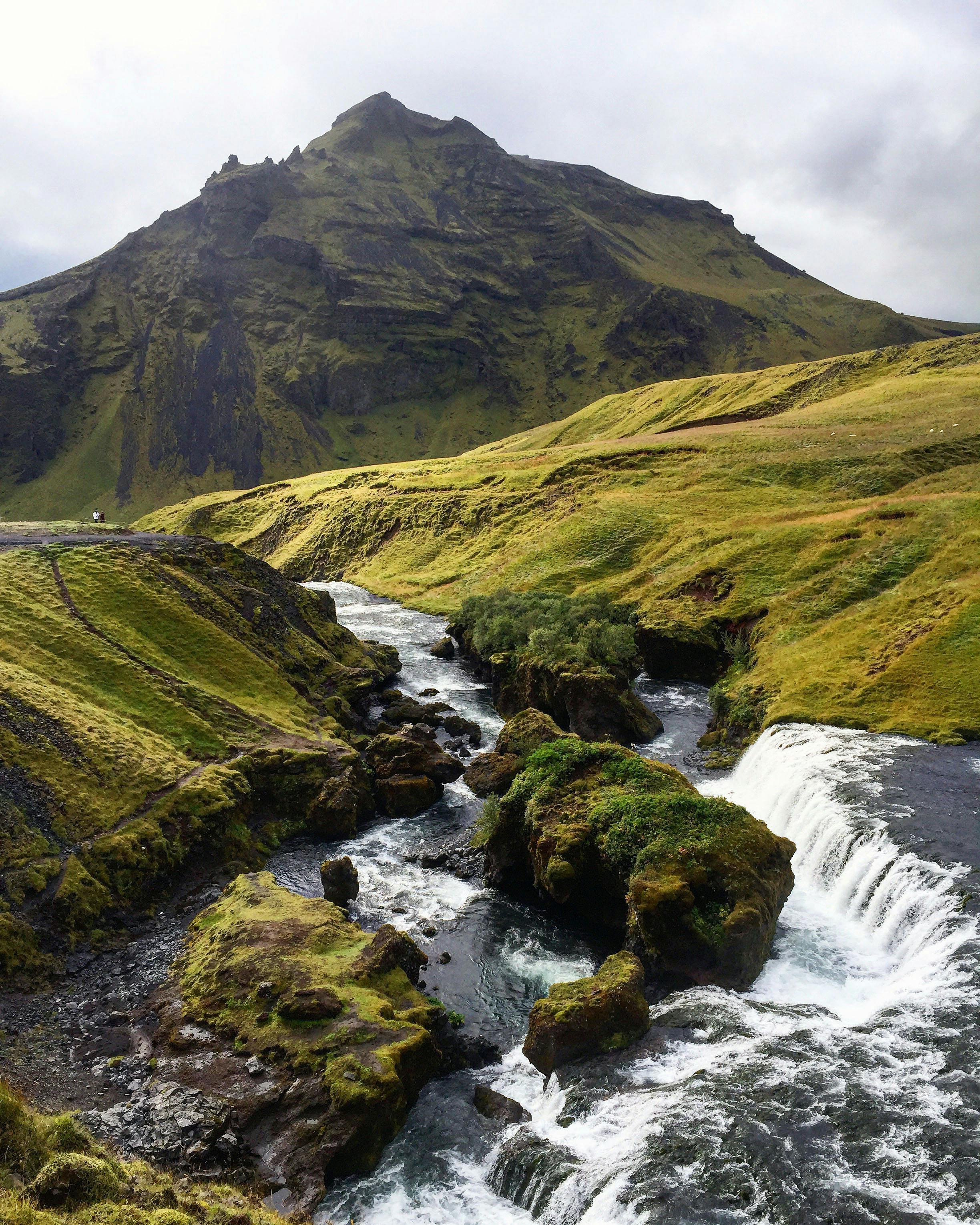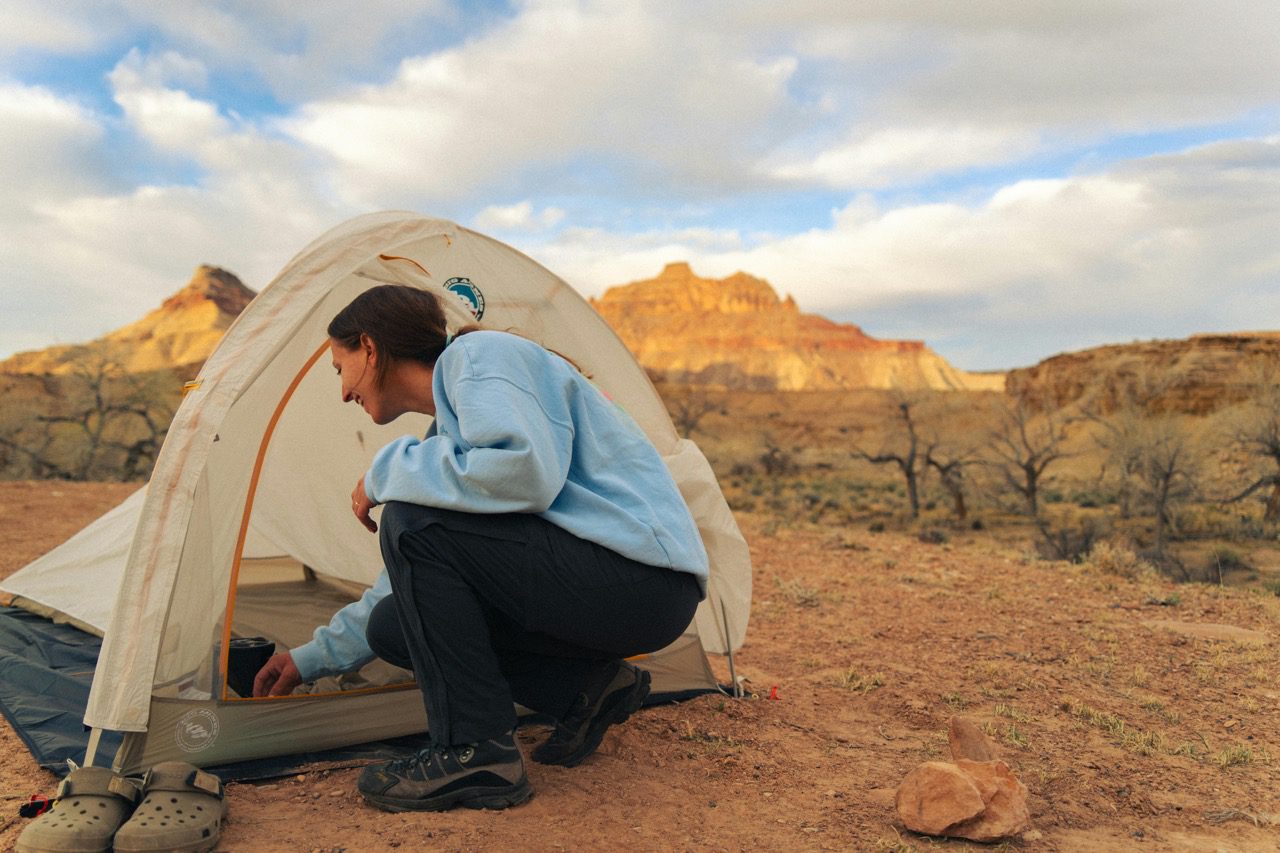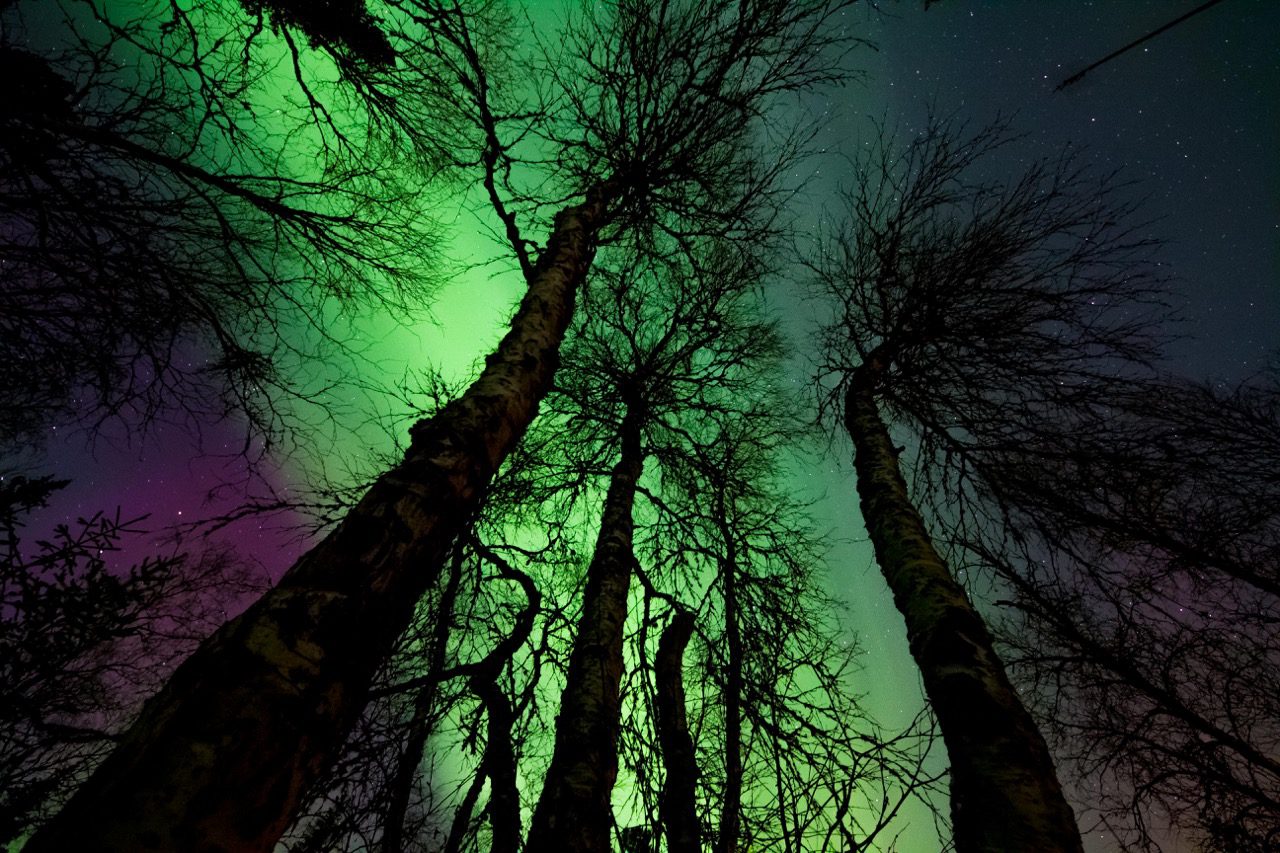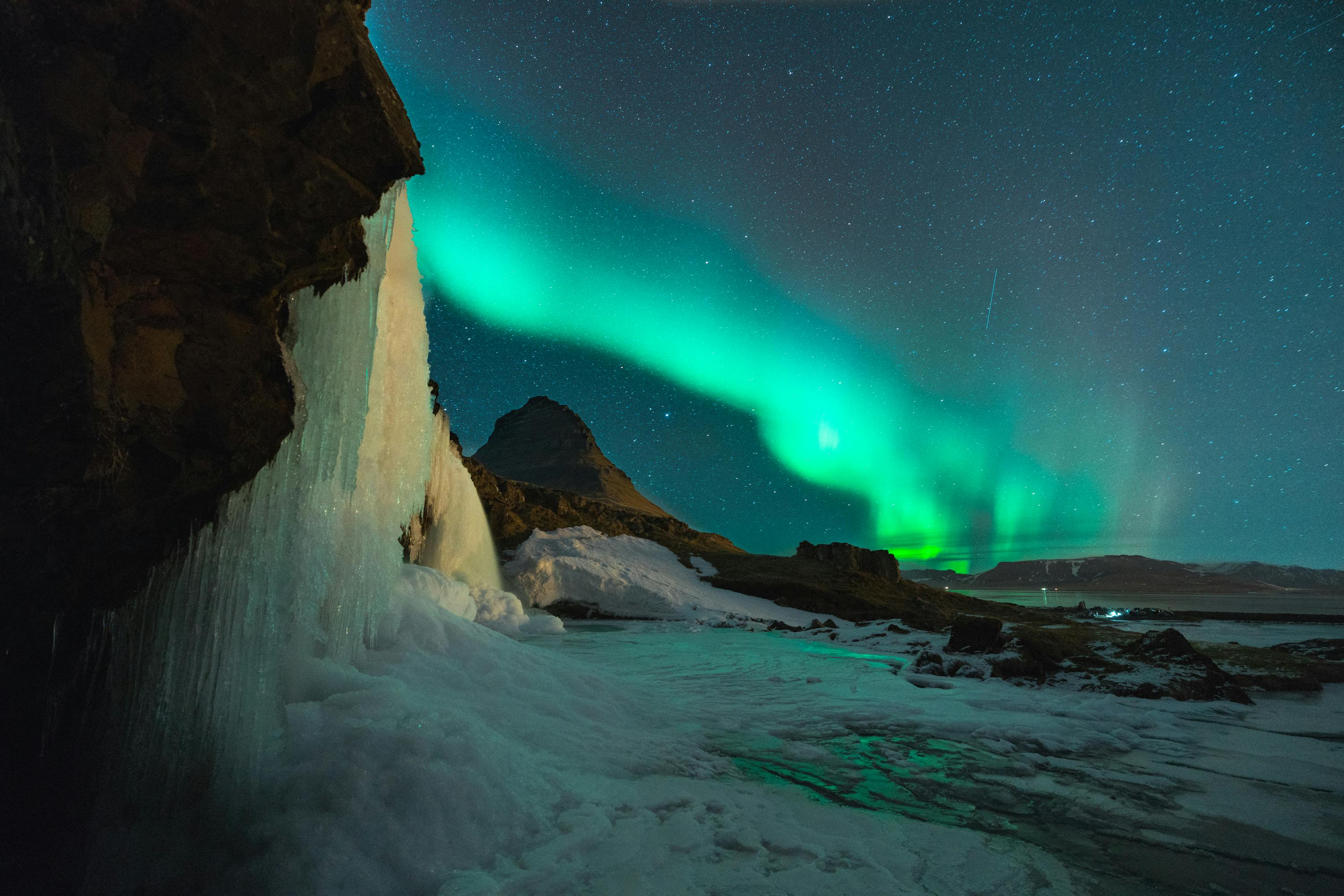Your cart is currently empty!
I Saw the Most Beautiful Aurora That Night When I Was Camping Alone
I’ve always believed that solitude is fertile ground for the extraordinary. It strips away the noise, leaving space for encounters so pure they feel almost mythic. One such encounter unfolded three weeks ago under an ink‑black Arctic sky, when an unexpected ribbon of light unfurled above my one‑man tent and re‑wrote the boundaries of what I considered beautiful.
Setting the Scene
The journey began as a stubborn itch I couldn’t ignore: go north, pitch a tent, let winter swallow you whole. Friends called it reckless—early April is shoulder season in Iceland, a weather pendulum that can swing from golden calm to biting squalls within minutes. But the very fabric of the adventure depended on uncertainty. I packed light: a four‑season dome, a down bag rated to –20 °C, my battered Fujifilm X‑T5, and enough freeze‑dried meals to outlast a minor siege. By noon I was rumbling out of Reykjavík in a rented 4×4, windshield peppered with sleet.

Highway 1 zipped past silent farms, ink‑blot volcanoes, and waterfalls gleaming like silver axe‑blades. Around Hella, cellphone coverage died; around Vík, daylight did the same. Just after dusk I turned onto a gravel spur that dead‑ended at a moss‑cloaked lava field—the edge of Þakgil, an amphitheater of basalt walls that muffles even the wind. It felt like a natural cathedral: columns of frozen magma in place of pillars, a glacier‑fed creek singing the psalm.
I staked my tent where the ground was mercifully flat, boiled snow for coffee, and watched Orion tighten his belt overhead. The aurora forecast was a discouraging Kp 2—barely enough to tickle the horizon—so I surrendered to the ordinary ritual of camp life: dry socks, journal entry, head‑torch routine check. Then I crawled into my sleeping bag, resigned to a star‑only evening.

The Awakening
At 01:17 a.m., an almost electrical silence yanked me from sleep. Not sound, but the absence of it: the creek had gone mute, the wind had signed a truce with the basalt walls. Instinct told me get up, unzip, so I did, fumbling for the tent flap with clumsy mittened hands.

What awaited outside did not feel like weather. It felt like a portal had been left ajar.
A neon plume rose from the northern horizon, lime‑green at its core, blushing into violet where it licked the zenith. Then, as if embarrassed by its own boldness, the plume split into parallel drapes that billowed like curtains in a slow‑motion breeze. The whole sky seemed to inhale, glow, exhale—each breath repainting the canvas with new gradients: emerald melting into turquoise, magenta flirting with indigo. I had seen auroras before, but always the polite kind—the well‑behaved arcs that stay politely confined to the horizon. This was an opera, and I was the lone audience in the cheap seat, weeping for reasons I could not name.
Trying to Photograph Awe
Training as a developer teaches a certain arrogance: everything is debuggable, every problem solvable with enough coffee and code. Standing there, lens in hand, I realized how naive that mindset is when facing phenomena that dwarf algorithmic thinking. No ISO setting captures trembling wonder. No 14‑bit RAW can preserve the way the air tastes metallic when solar wind laces it with charged particles.
Still, habit overrode awe. I planted the tripod, dialed to f/2.8, 15 s exposure, 1600 ISO, focus to infinity. The first shot was a smear; the second, a marginal improvement. By the third exposure, the aurora decided my apprenticeship was over and morphed into a crown directly overhead—a zenithal corona—its rays converging toward a single, blinding point like a holy spotlight. I forgot the camera and simply watched.
Photographers talk about “chasing” the lights. That night, they chased me. They draped themselves over my shoulders, painted my eyelashes green, etched ghostly runes on the snowpack at my feet. The volcano silhouette to the east, dormant for centuries, was suddenly outlined in a Martian red as if magma had remembered its vocation.
A Dialogue With Silence
Minutes—or hours; time had become liquid—later, the sky dimmed to a soft jade. My breath returned to normal. That’s when the sound reached me: a faint crackle, like static peeling from an old vinyl record. Some scientists argue auroras are silent at ground level, yet Inuit legends speak of spirits whistling. I’m glad folklore won that debate because I swear I heard distant applause woven into the hush.
Back at the tent, I wrote a single line in my weather‑stained notebook: Beauty is a verb tonight. The rest of the page stayed empty; anything more felt like vandalizing a cathedral with graffiti.
Lessons the Lights Taught Me
- Solitude Is a Catalyst, Not a Curse
We industrialize our days with meetings, push notifications, and algorithmically curated chatter. Yet remove the human chorus and the universe starts whispering private sonnets. - Forecasts Are Guidelines, Not Gospel
Kp 2 predicted a tepid show; reality shredded the forecast. In business and in life, pivot when the data misbehaves—sometimes the best outcomes are statistical anomalies. - Documentation Has Limits
The urge to capture can cannibalize presence. Whether you’re debugging a server or photographing space weather, know when to drop the tools and be. - Risk Recalibrates Reward
The discomfort—numb toes, camera batteries dying in sub‑zero windchill—was rent paid for front‑row seats at a cosmic ballet. Comfort zones are geographical fences around wonder. - Nature Doesn’t Owe You a Show, So Say Thank You
After the spectacle faded, I buried the coffee grounds I’d spilled, packed out every granule of trash, and whispered gratitude into the cold. Reciprocity matters, even if the recipient is the sky.

Morning After
Dawn arrived reluctant, smearing the landscape in pastel peach. My campsite looked ordinary again—tangle of stakes, stove soot, tripod legs splayed like a drunk spider. I brewed the last packet of instant espresso and reviewed the images. They were decent, maybe even publishable, yet felt like postcards compared to memory’s IMAX.
As I broke camp, a lone Arctic fox trotted across the lava field, its winter coat halfway to summer brown. It paused, sniffed the air, and flicked an ear as if acknowledging the cosmic event we both had witnessed. Then it vanished among the boulders, leaving paw prints that the sun quickly erased.
Driving back toward Reykjavík, radio static filled the cab until a soft jazz station emerged. The host announced solar activity would remain high for another night. I smiled, knowing most listeners would chase the lights in guided minibuses, warmed by diesel heaters and group chatter. Good for them. Yet a part of me whispered, some magic only trusts the quiet ones.
Closing Thoughts
If you ever feel the world shrink to spreadsheets, invoices, and obligation loops, book a one‑way ticket north when the nights are long. Pack more curiosity than gear. Find a patch of wilderness devoid of wifi and wait. The aurora may ghost you for days. But if she does appear—unannounced, unfiltered—you’ll understand why ancient cultures carved legends in stone about sky serpents and rainbow bridges ferrying souls.

I set out seeking solitude and found communion. Under the most beautiful aurora I have ever seen, I learned that being alone and being lonely are not synonyms. Sometimes, alone is an invitation to dance with the cosmos.
That night, the universe led. I simply followed, one breath of neon at a time.










Leave a Reply
You must be logged in to post a comment.